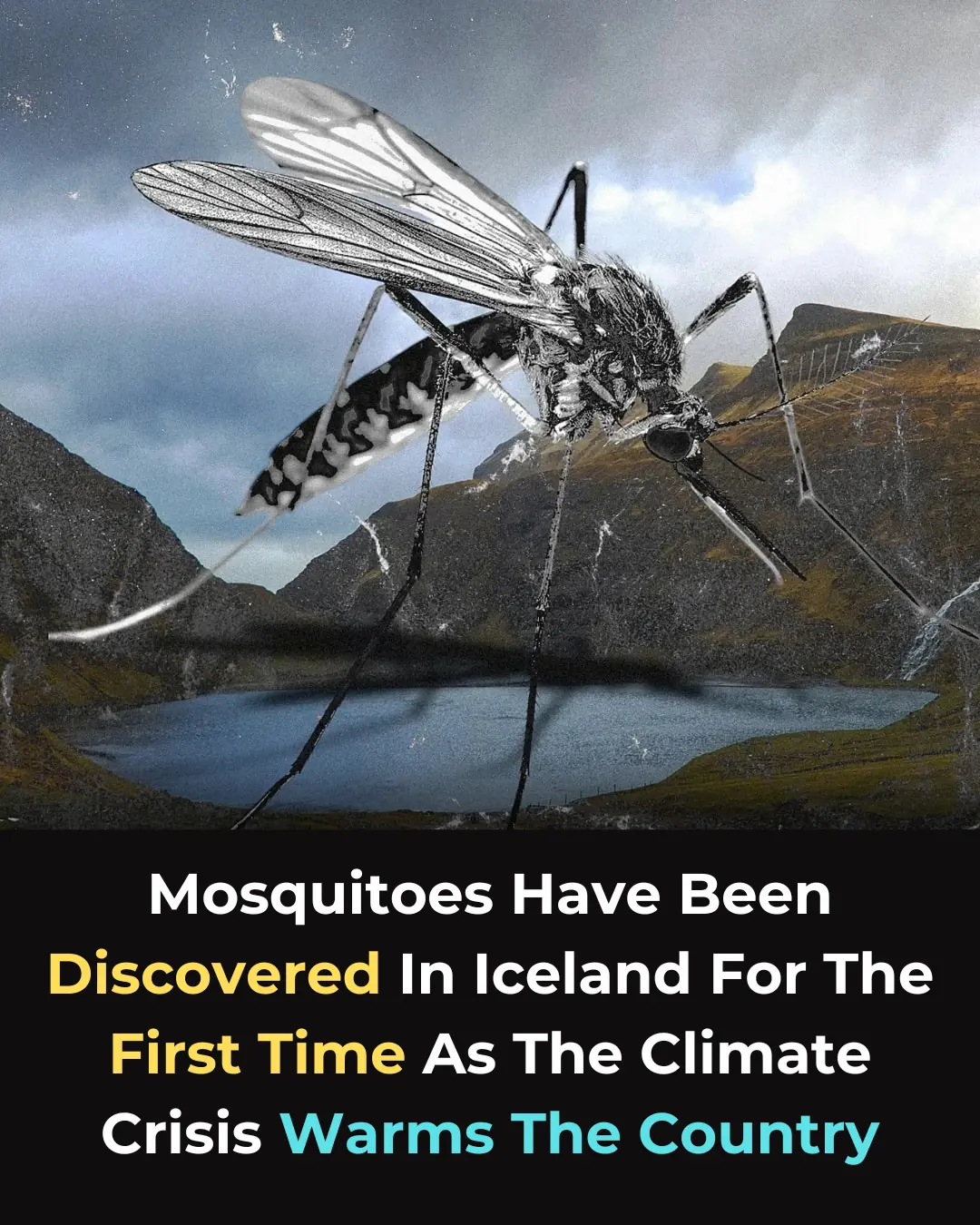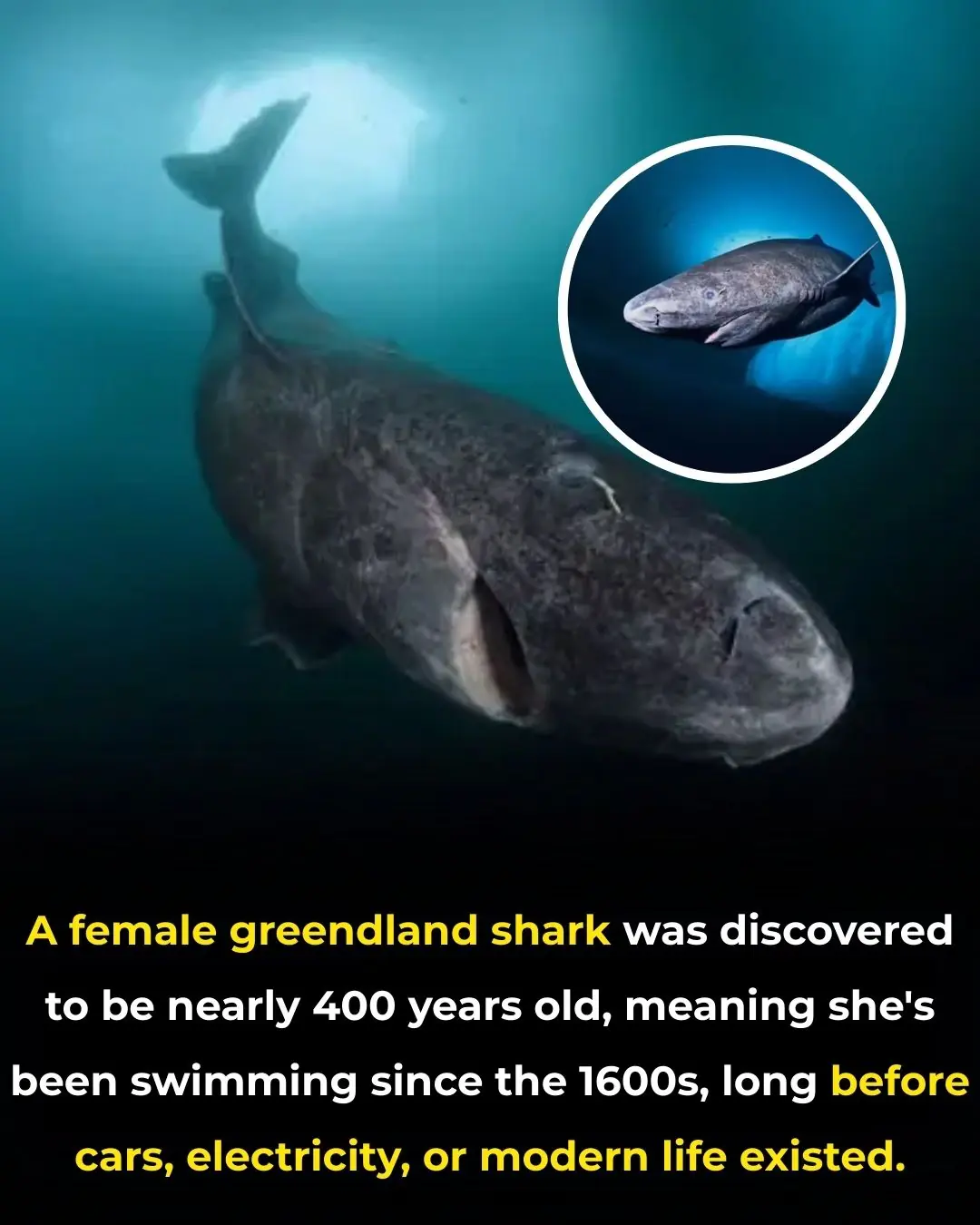
Astronomers Capture Groundbreaking Image of New Solar System Formation
A stunning image captured with the aid of advanced astronomical instruments reveals the formation of a new solar system located approximately 1,300 light-years from Earth. This discovery, made within the Orion Molecular Cloud Complex, shows a protostar—an infant star—surrounded by a rotating disk of gas and dust, a region that holds the raw materials for future planets, similar to the beginnings of our own solar system.
The image not only highlights the formation of this nascent star but also captures the powerful outflows of material, known as bipolar jets, emerging from the protostar's center. These jets play a crucial role in regulating the formation process by clearing away excess material and helping to stabilize the growing system. This process, crucial to planetary formation, ensures that the system has a balanced environment for the eventual development of planets.
The data for this remarkable observation comes from cutting-edge tools like the Atacama Large Millimeter/submillimeter Array (ALMA) and NASA's James Webb Space Telescope (JWST). For the first time, astronomers have been able to observe the precise moment when material begins to condense into a protoplanetary disk—a critical stage in the birth of planetary systems. This rare glimpse into the earliest stages of planetary formation is groundbreaking because most systems observed by astronomers are already in more advanced stages of development by the time they are detected.
The discovery offers an invaluable addition to our understanding of the cosmic timeline. Recent data from the Euclid space telescope and the Herschel Observatory have shown that the universe's star formation rate peaked around 10 billion years ago and has been gradually declining ever since. However, observations of systems like HOPS-315 confirm that the formation of stars and planets is still happening, albeit more slowly and less frequently than in the past. This finding not only sheds light on the processes that govern stellar and planetary formation but also underscores the ongoing evolution of the universe.
As scientists continue to study these early stages of solar system formation, they hope to uncover more details about the conditions that lead to the creation of planets, and perhaps even identify how Earth-like worlds might emerge in distant corners of the cosmos.
News in the same category


Transforming Oil into Green Prosperity: The Success of Norway’s Sovereign Wealth Fund

Maximize Broccoli's Cancer-Fighting Power: The Simple Trick That Boosts Sulforaphane Formation

Hidden Fungi in Your Nose: A Surprising Cause of Allergies and Asthma

From Dialysis to Remission: How New Drugs Are Changing the Fight Against Chronic Kidney Disease

The Hidden Beauty of Grass: Discovering Smiling Faces Under the Microscope

The Quiet of Blue Whales: How Climate Change is Affecting Whale Behavior and Ecosystems

The Arrival of Mosquitoes in Iceland: A Sign of Shifting Ecosystems and Public Health Risks

PP405: A Promising New Drug That Could Revolutionize Hair Loss Treatment by Reactivating Dormant Hair Follicles

Denmark's 'Rolling Grocer' Initiative Brings Fresh Food and Community Connection to Rural Seniors

Mosquitoes Discovered in Iceland for the First Time: A Warning of Climate Change Effects

Denis Vashurin: The Man Who Appears as a Teenager Despite Being in His 40s

M.K. Prakasan: The Teacher Who Swims 12 km Daily to Educate Students in Kerala

Belgian Prodigy Laurent Simons Earns PhD in Quantum Physics at Just 15 Years Old

Revolutionary Cancer Treatment: Activating Immune Structures Within Tumors to Shrink Cancer and Prevent Relapse

Linking Digestive Health, Vitamin D, and Neurodegenerative Diseases: A Pathway to Cognitive Health

The 400-Year-Old Greenland Shark: A Living Witness to Centuries

The Hidden Dangers of Long-Term Energy Drink Consumption

Frozen Time Capsule: Scientists Reveal Ancient Antarctic Landscape
News Post

From Space to Earth: The Science Behind Felix Baumgartner’s Record-Breaking Jump

Transforming Oil into Green Prosperity: The Success of Norway’s Sovereign Wealth Fund

Maximize Broccoli's Cancer-Fighting Power: The Simple Trick That Boosts Sulforaphane Formation

Hidden Fungi in Your Nose: A Surprising Cause of Allergies and Asthma

From Dialysis to Remission: How New Drugs Are Changing the Fight Against Chronic Kidney Disease

The Hidden Beauty of Grass: Discovering Smiling Faces Under the Microscope

The Quiet of Blue Whales: How Climate Change is Affecting Whale Behavior and Ecosystems

The Arrival of Mosquitoes in Iceland: A Sign of Shifting Ecosystems and Public Health Risks

PP405: A Promising New Drug That Could Revolutionize Hair Loss Treatment by Reactivating Dormant Hair Follicles

Denmark's 'Rolling Grocer' Initiative Brings Fresh Food and Community Connection to Rural Seniors

Mosquitoes Discovered in Iceland for the First Time: A Warning of Climate Change Effects

Denis Vashurin: The Man Who Appears as a Teenager Despite Being in His 40s

M.K. Prakasan: The Teacher Who Swims 12 km Daily to Educate Students in Kerala

Belgian Prodigy Laurent Simons Earns PhD in Quantum Physics at Just 15 Years Old

Revolutionary Cancer Treatment: Activating Immune Structures Within Tumors to Shrink Cancer and Prevent Relapse

Flaxseeds Gel For Faster Hair Growth

Linking Digestive Health, Vitamin D, and Neurodegenerative Diseases: A Pathway to Cognitive Health

The 400-Year-Old Greenland Shark: A Living Witness to Centuries
